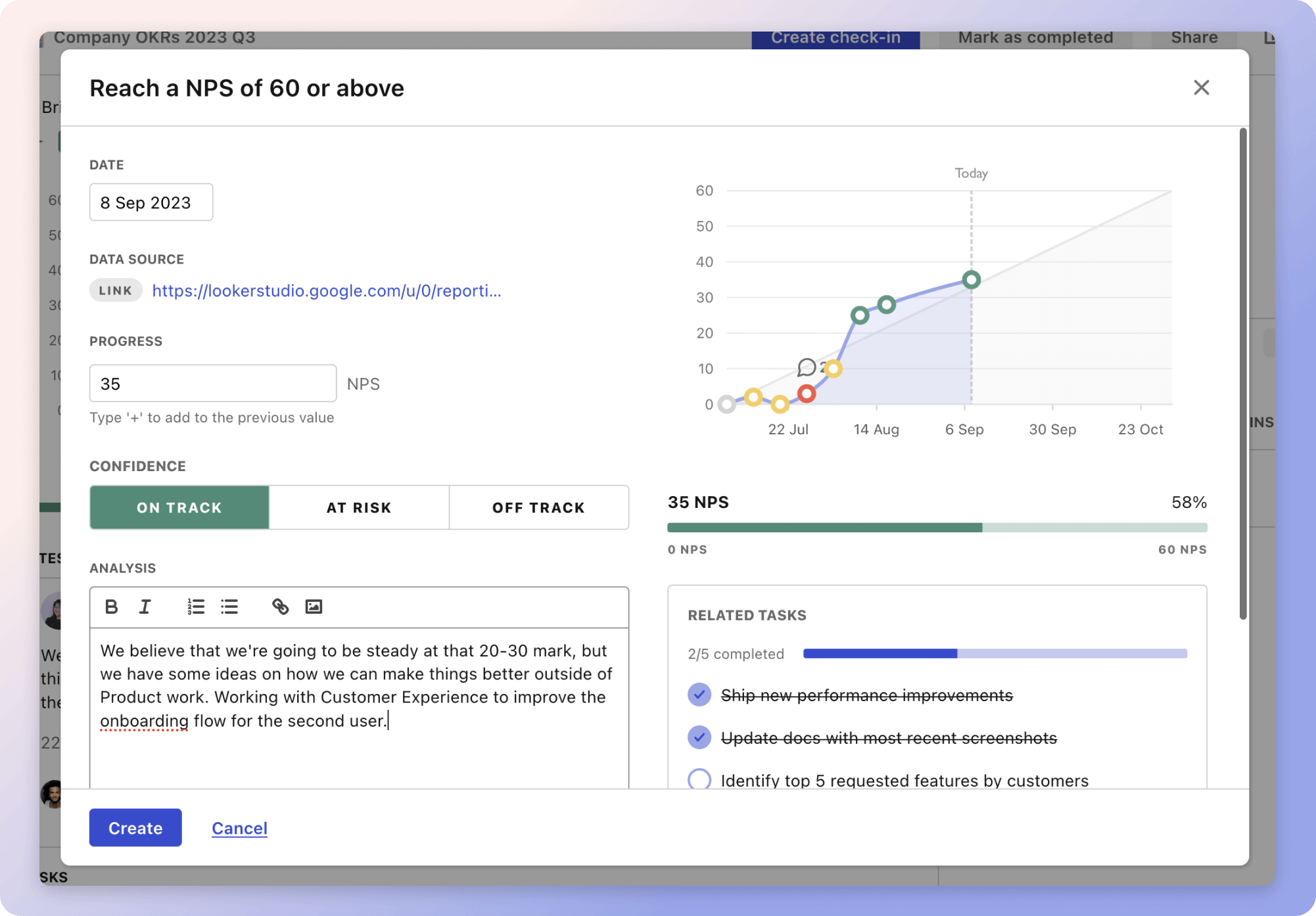The Innovative Investment Portfolio Strategy aims to integrate quantitative analysis, portfolio theory, and practical investment decision-making. A critical component is the data-driven portfolio strategy that focuses on market analysis, using metrics like the Sharpe Ratio to optimize asset allocation. For example, sample portfolios can showcase potential enhanced returns, emphasizing diversification and hedging to manage risk.
Another aspect is tech-enabled investment solutions, designing user-friendly apps that incorporate asset allocation. This strategy involves identifying existing market gaps, integrating portfolio rebalancing features, and outlining a marketing plan to engage with target demographics, including revenue modeling and innovative value propositions.
Finally, a socially responsible investment approach aligns with ESG criteria, balancing financial returns with social impact. Evaluating ESG opportunities and constructing narratives for responsible investments is crucial to this strategy. It emphasizes ethical investing's dual benefits, underpinned by quantitative analysis and case studies of successful implementations to ensure the strategy's viability and appeal.
The strategies
⛳️ Strategy 1: Develop a data-driven portfolio strategy
- Conduct a comprehensive analysis of market trends and historical data
- Utilise quantitative metrics such as Sharpe Ratio and standard deviation
- Apply Modern Portfolio Theory to optimise asset allocation
- Identify a target audience and tailor the strategy to their needs
- Develop a risk management framework leveraging diversification and hedging
- Create sample portfolios to demonstrate potential improvements in returns
- Design visually appealing charts and graphs to illustrate data findings
- Prepare a revenue model highlighting potential income streams from the strategy
- Define unique selling propositions that differentiate the strategy
- Rehearse the presentation, focusing on engaging storytelling and compelling visuals
⛳️ Strategy 2: Create a tech-enabled investment solution
- Research existing investment apps to identify gaps and opportunities
- Design a user-friendly interface for a potential app or digital tool
- Integrate popular investment models like asset allocation into the app
- Employ a developer to ensure robust and secure technology foundation
- Incorporate features that assist users with portfolio rebalancing
- Estimate the potential financial impact of the solution using feasibility analysis
- Communicate the core value proposition centred on innovation and ease of use
- Outline a marketing plan with strategies to reach target demographics
- Assign team roles, ensuring each member contributes to the project
- Practice delivering a concise and persuasive pitch to invite interest
⛳️ Strategy 3: Implement a socially responsible investment strategy
- Identify investment opportunities aligned with ESG (Environmental, Social, Governance) criteria
- Analyse the impact of socially responsible investments on portfolio performance
- Develop evaluation metrics to assess the social impact alongside financial returns
- Craft an educational narrative explaining the relevance of responsible investing
- Select case studies to demonstrate successful socially responsible investments
- Use quantitative analysis to underline the viability of the strategy
- Develop a compelling unique selling proposition focusing on ethical investing
- Prepare detailed slides highlighting the dual benefit of financial and social returns
- Train the team in clear communication of the benefits of this strategy
- Plan a persuasive closing pitch reiterating the importance and feasibility of sustainable investments
Bringing accountability to your strategy
It's one thing to have a plan, it's another to stick to it. We hope that the examples above will help you get started with your own strategy, but we also know that it's easy to get lost in the day-to-day effort.
That's why we built Tability: to help you track your progress, keep your team aligned, and make sure you're always moving in the right direction.

Give it a try and see how it can help you bring accountability to your strategy.
